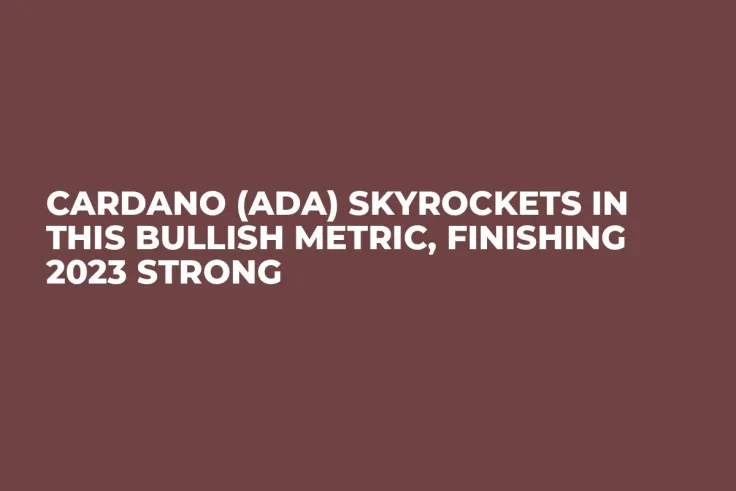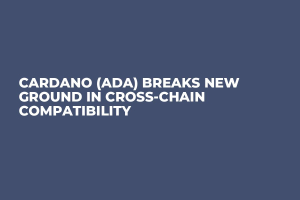
Disclaimer: The opinions expressed by our writers are their own and do not represent the views of U.Today. The financial and market information provided on U.Today is intended for informational purposes only. U.Today is not liable for any financial losses incurred while trading cryptocurrencies. Conduct your own research by contacting financial experts before making any investment decisions. We believe that all content is accurate as of the date of publication, but certain offers mentioned may no longer be available.
Cardano, the eighth-largest cryptocurrency by market capitalization, has emerged as one of the top blockchains by total value locked (TVL), a metric that measures the total amount locked in smart contracts or protocols on a blockchain.
In a tweet, Coin98 Analytics lists Cardano among the top 10 blockchains with the highest TVL, aside from Ethereum.
Per DefiLlama rankings, Cardano currently sits in 12th place among DeFi chains with a market TVL of $481.9 million; Ethereum sits in the number one spot. TVL, in ADA terms, is currently 812.36 million ADA.
Value locked on Cardano’s ecosystem grew rapidly in the past few weeks as crypto investors and users turned toward other blockchains aside from Ethereum in search of returns and capital allocation.
The majority of the growth appears to have occurred in mid-December, with the total value locked (TVL) of all Cardano-based projects reaching an all-time high of $531.26 million on Dec. 15.
The total value locked in ADA, however, touched a record high earlier on Dec. 9, hitting 947.78 million ADA.
At the time of writing, ADA was down 0.57% in the last 24 hours to $0.60.
SundaeSwap outlines 2024 ambitious plans
In a new tweet, Cardano DEX SundaeSwap outlines its ambitious goals for 2024.
Notable among these is the upcoming launch of its new v3 contracts, which are expected to bring a huge scalability improvement, processing almost 10 times as many orders as the v1 contracts in practice while occupying less than a tenth of the block space.
The v3 contracts will also include changes to the fee structure, the ability to extend the protocol with innovations without a huge liquidity migration event and better primitives for composability with other protocols.


 Dan Burgin
Dan Burgin Vladislav Sopov
Vladislav Sopov U.Today Editorial Team
U.Today Editorial Team